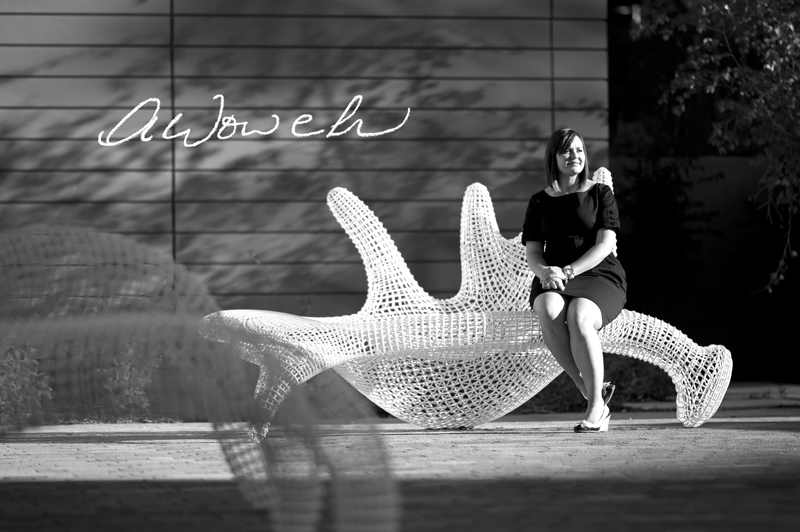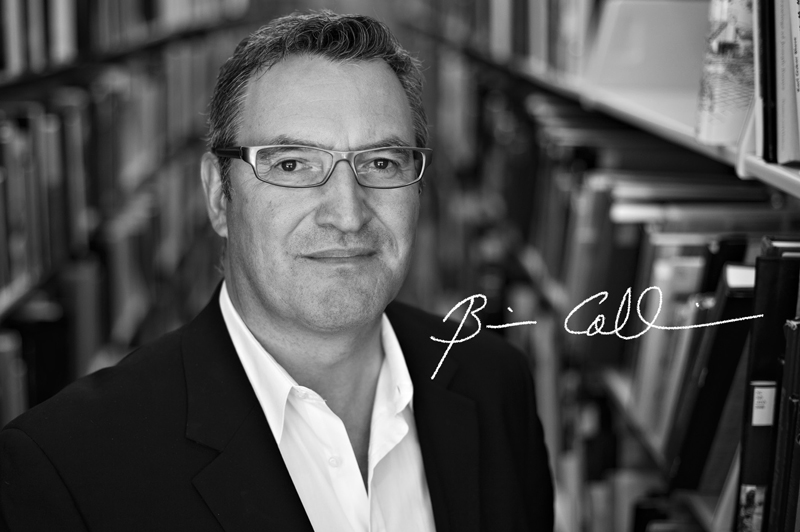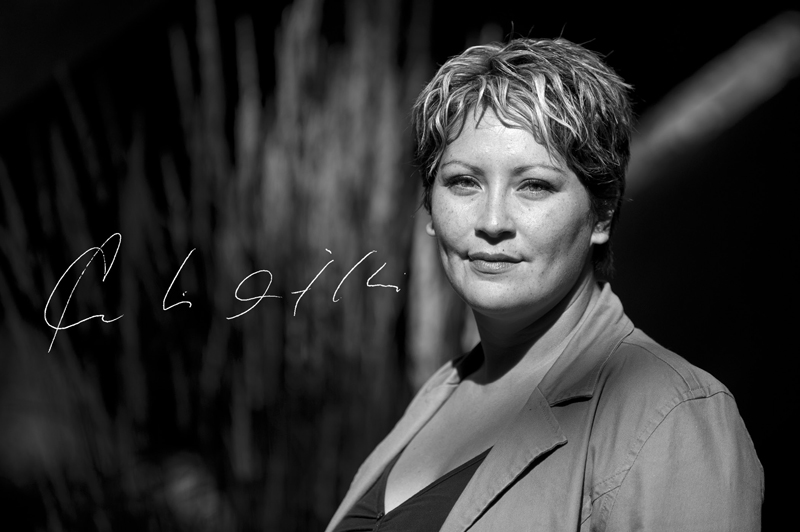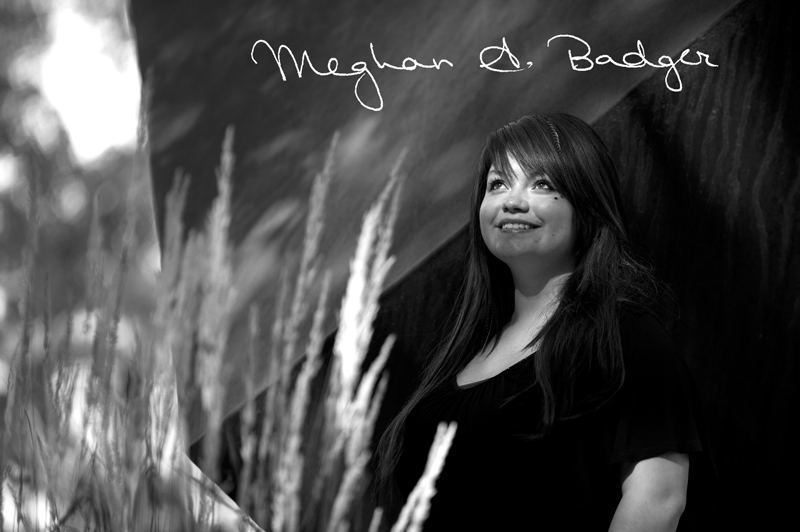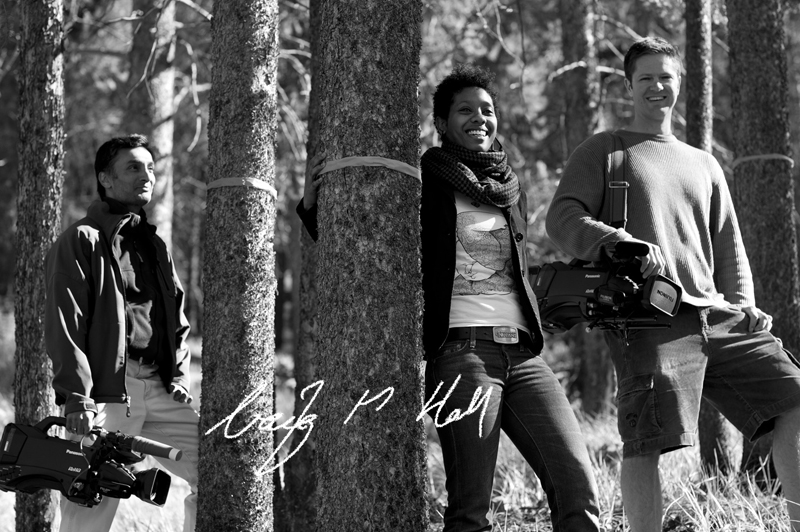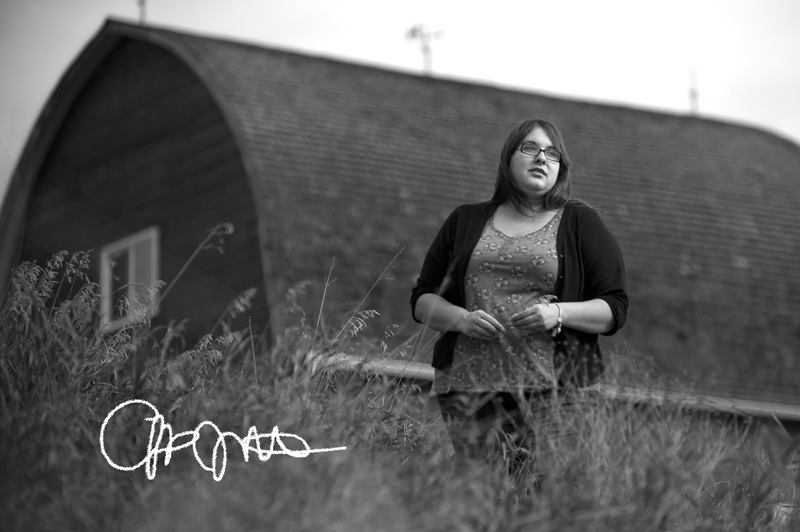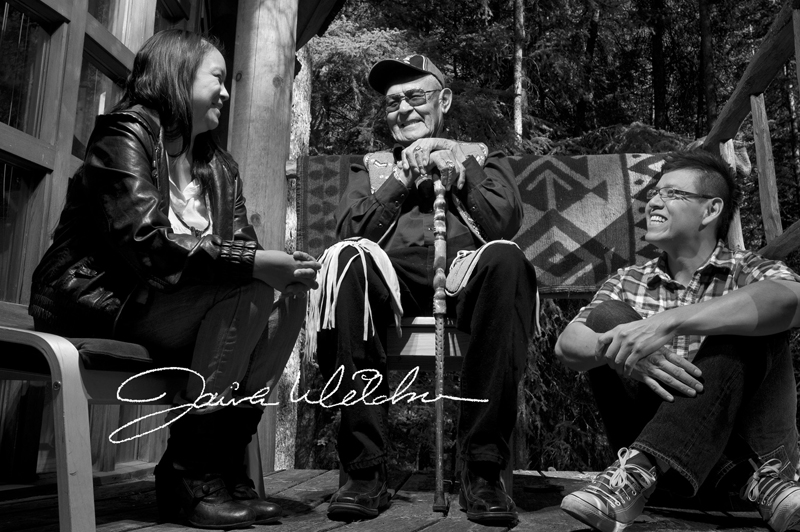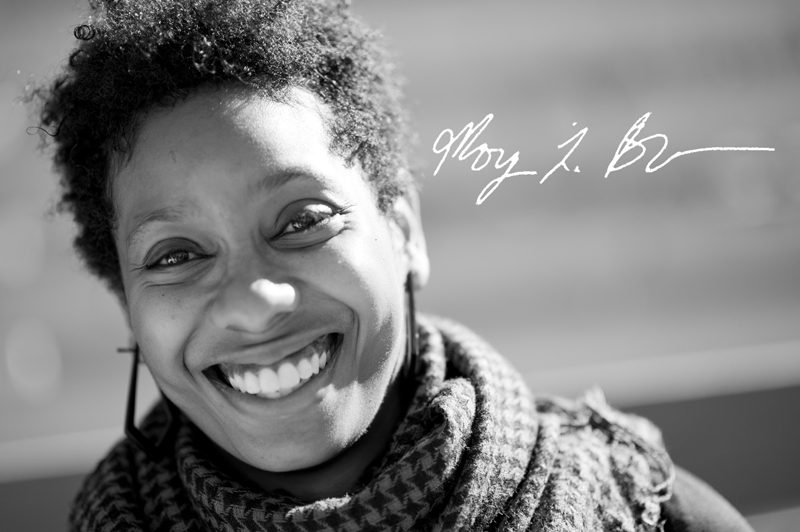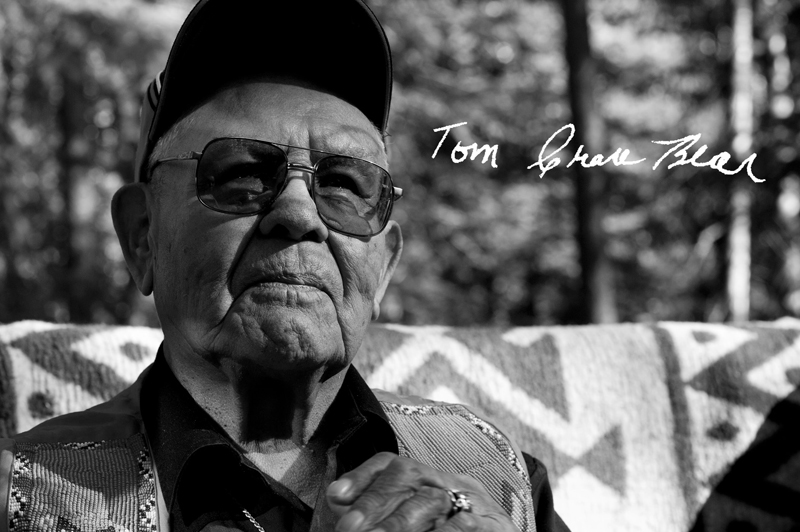Best Practices in Rural Alberta Project: Nexen Chair in Aboriginal Leadership
How do you reinvigorate a culture’s heritage?
Aboriginal leadership demands a unique skill set and experiences, and it’s not easy to teach. Fostering leadership, in any culture or era, has always been difficult. In Alberta, First Nations leadership brings together a deep understanding of both Aboriginal and western cultures. A strong leader must stand confidently in both cultures to bridge the gap of understanding between the two.
Adding to the challenge, Aboriginal heritage was slowly fading into extinction. First Nations communities were watching their elders pass on without the passion and spirit of their cultural traditions being transferred to the youth. Something had to be done to reinvigorate the youth with pride for their heritage, allowing their traditions to spread through the province and gain traction in all of Alberta’s Aboriginal communities.
What can research do for Alberta’s rural communities?
Brian Calliou is a passionate believer in the power of storytelling. This passion shines through his applied research work at the Banff Centre, where he and his team collect and categorize cultural stories to capture the years of wisdom built up over generations of Aboriginal leadership.
Brian’s inspiration stems from the Harvard Project, a research study done in the States that captured stories and thoughts of Aboriginal leaders and communities. The study on reflective learning – gathering information through story and conversation as opposed to scripted questions or interviews – resulted in an influential set of case studies documenting American Indian culture.
Reflective learning gave Brian a way to interact with a culture that thrived on story, and brought out information that he never would have known to ask. The project will result in four in-depth case studies featuring video and the written word. As an instrumental component of sharing the wise practices, the videos are easily accessible regardless of language or geographical location.
The completed case studies will outline the wise practices of four successful Aboriginal communities: Blackfoot Crossing, Métis Crossing, Alberta Indian Investment Corporation, and Mikisew Group of Companies.
How do you build a new generation of leaders?
The Best Practices in Rural Alberta Project: Nexen Chair in Aboriginal Leadership did more than just focus on the importance of storytelling. The project brought together Aboriginal youth from across the province to network and collaborate before the research got underway.
With a healthy injection of $1.3 million from the Rural Alberta Development Fund, Brian was able to launch his project, and he subsequently sent word out to colleges and universities enlisting the help of Alberta’s student population. The orientation meeting for the students – outlining the project’s expectations and goals– was held at the Banff Centre, where 40 individuals from across the province gathered.
The Banff Centre experience encouraged the type of networking, storytelling and conversation that the Aboriginal Leadership program was built on.
What does progress look like?
One of the students at the Banff Centre was Candace Willier, a Sucker Creek resident and University of Alberta student. Candace heard about the Aboriginal Leadership project and happily volunteered to help advance the research. Her trip to Banff had more of an effect on her than she ever imagined.
Discussing leadership and Aboriginal heritage with her peers ignited Candace’s passion for the history and future of her culture. She’s since been initiating conversations with the Sucker Creek elders and council members to learn their thoughts on leadership and wise practices.
She’s also shared her learnings with other Sucker Creek youth, like Meghan, to spread and empower the future generation of leaders being born from the conversations started by this project.



